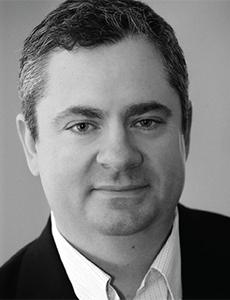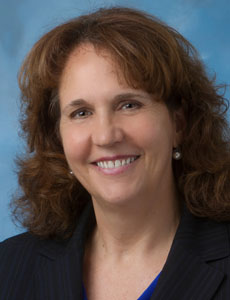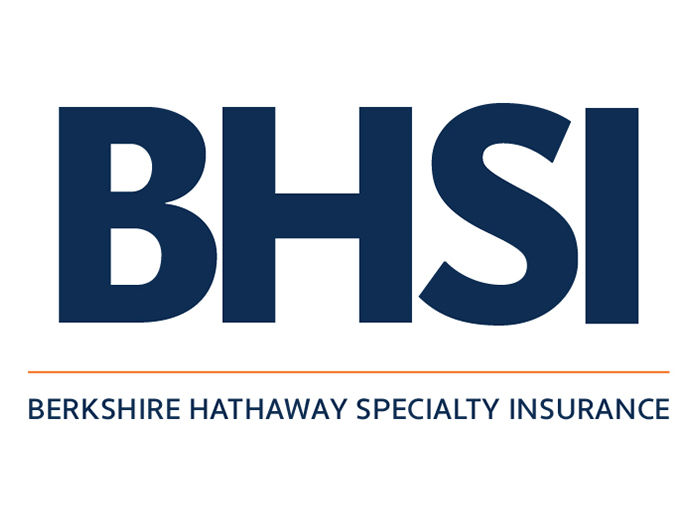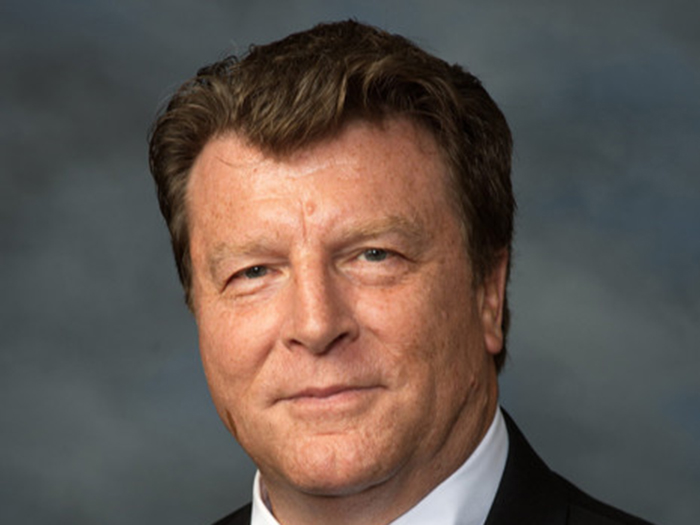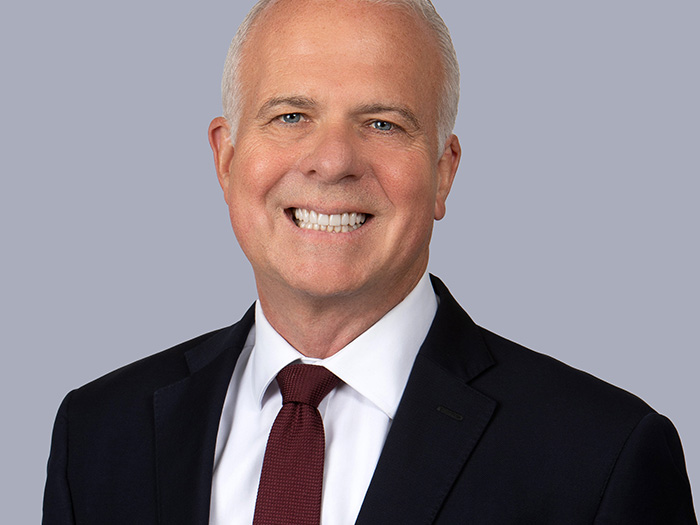Vermont Report 2016
The Future Is Now

The relationship between captive insurance and health care is decades old. And it is very robust in the captive domicile of Vermont, which added seven health care captives in 2015 and now houses 96 health care captives overall.
Now the domicile is poised to take advantage of its regulatory expertise to house medical stop-loss captives, for which some insurance professionals see a bright future.
One of them is Mark Tabler, executive director of Genesis Re, a segregated cell medical stop-loss captive, which redomesticated from Arizona to Vermont in 2015.
(Tabler also launched a separate medical professional liability risk retention group, Innovative Physician Solutions, of which he is COO.)
Tabler, the former president of the Arizona Captive Insurance Association, said he has found his calling.
“Once I got into the captive industry through this organization, it was just exciting,” he said. “I wouldn’t want to be in anything else.”
Stop-loss captives are, in essence, a type of reinsurance that kicks in to cover employee health care costs above a certain limit. And they have a number of advantages, according to Tabler.
That’s especially true of the one he operates, he said.
Genesis Re is owned by TPA and benefits company SIHO Insurance Services, which has its own book of business, as well as managing a large number of administrative services only (ASO) contracts, so the company has a good understanding of how to manage the health of large populations of people, Tabler said.
By setting up its own captive, it is able to apply that expertise to finance and control its exposures — and recoup any savings gained from loss control.
Steve Gransbury, president, accident and health for QBE North America, is another supporter of the captive stop-loss option.
The benefits of stop-loss captives are manifold, he said, but the primary ones are control and transparency.
“For a group captive, there is control in how to approach risk with economies of scale not available to mid-sized employers who don’t participate in a group captive,” he said.
“For a single-parent captive, there is control over financing or predictable risk internally versus the commercial market.”
Because captive premiums are treated as ordinary business expenses, he continued, there are incentives for “greater risk, claim and reserving control,” not to mention to keep underwriting profit and maintain stable prices.
Not Loved by All
Medical stop-loss captives aren’t without opposition though.
Some regulators perceive stop-loss captives as instruments for side-stepping the provisions of the Affordable Care Act.
State legislators in Minnesota and Rhode Island, for instance, considered putting floors on deductibles or increasing the attachment points for stop-loss captives — the dollar limit amount at which stop-loss would kick in above primary health insurance.
California passed a law that limited stop-loss captives to employers with 100 or more workers.
In July 2013, the captive regulator in Washington, D.C. took an even stronger stand. Dana Sheppard, associate commissioner of the district’s Department of Insurance, Securities and Banking, declared:
“Washington, D.C. is not in favor of allowing small employers located in D.C. to self-insure their health care risks, including the establishment of medical stop-loss captives, if their motivation for doing so would result in removing young and healthy persons from the exchange, leaving older and less healthy employees in the exchange.”
Tabler’s captive avoids these concerns by having a high attachment point at $500,000, too rich for small employers.
“A few years ago, groups who were exploring and ‘tire kicking’ are now doing business. Our large group/single parent captive business continues to be very robust.” — Steve Gransbury, president, accident and health for QBE North America.
Another obstacle to stop-loss captive success, however, is how many employers, whether big or small, are actually interested in participating in them.
The experience of one captive, the Central Coast Community Mutual Insurance Co., is cautionary.
Formed in 2011 by the Community Hospital of the Monterey Peninsula (CHMP), the group stop-loss captive has since been trying to recruit members — unsuccessfully.
As hospital CFO Laura Zehm admitted, the parent company is at a do-or-die point in 2016; if they still haven’t brought on additional employers (it currently just involves the hospital’s and one other employer’s employee populations), they will consider giving it up.
“We had interest, for sure,” she said of other employers’ attitudes to the stop-loss captive over the past few years. “We do get calls.”
But eventually employers are dissuaded by brokers who promise to find them cheaper coverage elsewhere. It does not help the captive’s case that the commercial stop-loss insurance market is “really soft.”
The CHMP captive has so much to offer beyond just its coverages though. As part of the captive’s offering, members can tap into the hospital’s physician networks.
Zehm’s captive has its own TPA, which collects data from claims and then analyzes the information and applies it for better patient care.
For instance, through data, they can spot when a patient would benefit from six months of physical therapy before having to get his back or neck operated on. Or maybe never have that surgery.
For its all-in effort this year, Zehm said, the captive also made improvements. It partnered with the brokerage Alliant to gain the broker’s buy-side understanding. Zehm asked Alliant: If we don’t have anything worth selling, let us know.
Alliant didn’t reject them but instead offered ways to better the captives’ offerings.
Since then, the captive lowered costs within its physician network and incentivized physicians to keep member employees healthy.
“We continue to learn how to do this,” Zehm said. “We’re fixing everything that might be a barrier.”
High Interest in Stop-Loss Captives
While Zehm and Tabler provide an on-the-ground perspective of the benefits and challenges of stop-loss captives, the 30,000-foot perspective is one of optimism.
“While interest still remains very high, we’re actually seeing more deals get done over the last couple of years. In particular, with mid-sized employers that are looking at transitioning to self-insurance from fully insured health plans,” said QBE’s Gransbury.
“A few years ago, groups who were exploring and ‘tire kicking’ are now doing business. Our large group/single parent captive business continues to be very robust.”
Gransbury said that post-ACA and the removal of annual and lifetime benefit maximums, large employers are buying stop-loss coverage with unlimited reimbursement benefits and using existing single-parent captives to finance certain layers.
“A few years ago, groups who were exploring and ‘tire kicking’ are now doing business. Our large group/single parent captive business continues to be very robust.” — Steve Gransbury, president, Accident & Health, QBE North America
Then again, with every Republican presidential candidate since the beginning of the 2016 election season declaring that he or she would repeal the ACA if elected, perhaps the issue of how employers can best finance their employee health care benefits is far from moot.
It’s going on eight years that we have heard about uncertainty around health care, but Tabler said people are still waiting to see what will happen to the ACA before they feel totally settled and comfortable in their health care benefits arrangement.
On the whole, captive insurance will continue to serve as an alternative and extremely innovative approach, whether it’s for professional liability, stop-loss coverage or another health care-related exposure. &

